The construction project of the Ledao Steel Structure Bridge Project in Xingluo Lake Park, Luoyang City is located at Xingle Lake. It starts from the inner side of the pedestrian road of Xingluo East Street in the east, ends at the inner side of the pedestrian road of Xingluo West Street in the west, extends to Mudan Avenue in the north, and reaches Tongqu Road in the south to form a circular Ledao, which is 300 meters wide from east to west and 1,700 meters long from north to south. The total length from north to south is naturally divided into 5 areas, namely: Mudan Avenue to Cuiyun Road area; Cuiyun Road to Guanlin Road area, Guanlin Road to Xiangshan Road area, Xiangshan Road to Yiluo Road area, and Yiluo Road to Tongqu Road area. The total length is 3.9 kilometers and the total weight is about 6,000 tons.
It connects five blocks of Xingluo Lake Park. The Ledao sidewalks on Mudan Avenue and Tongqu Road are ground-type, 5 meters wide and about 1.2 kilometers long. The section from Cuiyun Road to Yiluo Road is elevated, with a steel bridge deck width of 5 meters and a total length of about 2.75 kilometers. The Ledao elevated road has two circular ramps, six landscape pavilions and return ramps on both sides of the bridge, with a total length of about 1.3 kilometers. The Ledao elevated road crosses Xingluo East Street and West Street on Yiluo Road and then goes downhill to Ledao on Yiluo Road. The main body adopts 75-103-meter standard joint prefabricated steel box girders and prefabricated bridge piers. In addition, it also includes supporting projects such as landscape pavilions, return ramps, and post stations. The total steel consumption is nearly 7,000 tons, and the total construction period is three months. The construction goal is to strive for the Henan Province Quality Project Zhongzhou Cup.
The south and north sides of the project are ground plastic walkways. The east and west sections of Xingle are designed as steel box girder overpasses. The bottom of the bridge is 5 meters above the ground, the bridge is 5 meters wide, the height of the steel box girder is mainly 1.1 and 1.3 meters, and the height of the crossing section is 1.5 meters. The total length of the steel bridge is about 3535 kilometers, the total weight is about 6796 tons, and the material is Q355qD. The lower foundation of the steel box girder is a Φ800 bored pile with a pile depth of 15 meters, 25 meters, and 30 meters. The pile cap is 3.6 long * 1.6 wide * 1.5 meters high. The upper piers and crowns are integral prefabricated PC components.
The bridge deck is made of 50mm thick fine stone concrete with a 4mm thick MMA wear layer. The guardrail is a steel structure railing. In order to facilitate citizens to visit and rest, 10 new stations were built inside Xingluo Lake Park, and some roads were rebuilt and constructed according to design requirements.
Steel Material:
High Strength-to-Weight Ratio: Steel bridges are known for their strength-to-weight ratio, meaning steel is strong enough to carry heavy loads while being lighter than some other materials like concrete, which allows for more efficient and cost-effective designs.
Durability: Steel is highly durable and can withstand extreme weather conditions, including corrosion, provided it is properly maintained or coated with protective layers.
Versatility: Steel can be fabricated into various shapes and sizes, which makes it adaptable for different types of bridges and applications.
Bridge Components:
Deck: The platform on which vehicles or pedestrians travel. The deck can be made of steel plates or a combination of steel and concrete.
Superstructure: This includes all parts above the bridge deck, such as beams, girders, trusses, arches, and cables (in suspension and cable-stayed bridges).
Substructure: The portion of the bridge below the deck, including the abutments, piers, and foundations that support the superstructure.
Bearings: These transfer loads from the bridge to the foundation while accommodating any movement or settling.
Types of Steel Bridges:
Beam Bridges: These are the simplest form of steel bridge. The bridge deck is supported by horizontal steel beams, which are supported at either end by piers or abutments.
Truss Bridges: These feature a framework of steel triangles, which provide greater strength and allow the bridge to span longer distances.
Arch Bridges: Steel arch bridges use a curved steel structure to bear loads. The arch can either be above or below the deck. Arch bridges are often used in locations where aesthetic appeal and structural strength are both important.
Suspension Bridges: Steel cables are used to suspend the bridge deck from towers. These bridges can span extremely long distances, making them suitable for crossing large bodies of water.
Cable-Stayed Bridges: Similar to suspension bridges, but the cables are attached directly to towers and support the deck in a more vertical fashion. These are often used for shorter spans compared to suspension bridges.
Plate Girder Bridges: These bridges use large steel plates (called plate girders) that form the primary structural components, which carry the loads across the span.
Design Flexibility:
Span Length: Steel bridges can be designed to span both short and long distances. The flexibility of steel allows for bridges with a long span (e.g., suspension bridges over large bodies of water) or shorter spans in urban or rural areas.
Bridge Deck Types: Steel bridges can incorporate different deck types, such as steel deck, composite steel-concrete deck, or open-grating steel deck, depending on the bridge's purpose and load requirements.
Durability and Maintenance:
Corrosion Resistance: Steel is susceptible to corrosion, particularly when exposed to moisture or harsh environmental conditions. To mitigate this, steel bridges are often coated with protective layers like galvanization, paint, or corrosion-resistant alloys to extend their lifespan.
Routine Inspections and Repairs: Steel bridges require regular inspection to ensure their structural integrity, particularly in high-traffic areas or regions with extreme weather conditions. Any signs of fatigue, corrosion, or cracking must be addressed to avoid failure.
Construction Methods:
Prefabrication: Steel components for bridges can be prefabricated off-site in controlled factory conditions, which reduces construction time on-site and improves quality control.
Welding and Bolting: Steel bridges are typically welded or bolted together, providing strong joints. Welding is often used for permanent connections, while bolting is used for easier disassembly or repairs.
Modular Construction: In some cases, steel bridge sections are prefabricated in modules and then assembled on-site. This reduces construction time and minimizes disruption to traffic or the surrounding environment.
Advantages of Steel Bridges:
High Load-Bearing Capacity: Steel is capable of handling large loads and forces, which makes it suitable for bridges that carry heavy traffic, trains, or large cargo.
Faster Construction Time: Steel components can be pre-manufactured and assembled quickly, which reduces the time required for construction compared to concrete or stone bridges.
Long Lifespan: Steel bridges are known for their longevity when properly maintained. Their ability to handle heavy traffic and resist damage over time contributes to their extended lifespan.
Lightweight: Steel bridges are often lighter than concrete or stone structures, which means less material is needed, and foundations can be smaller, saving on material and construction costs.
Aesthetic Flexibility: Steel bridges offer great design flexibility. They can have elegant curves, arches, and complex geometries, which makes them a popular choice for iconic and visually striking bridges.
Environmental Impact:
Steel is a recyclable material, and many steel bridges are made with recycled steel. At the end of their life cycle, steel bridge components can be recycled, contributing to sustainability efforts.
However, steel production requires energy, and the process can contribute to carbon emissions, especially if the steel is not sourced from recycled materials. Modern techniques, such as electric arc furnaces, are more environmentally friendly than traditional methods.
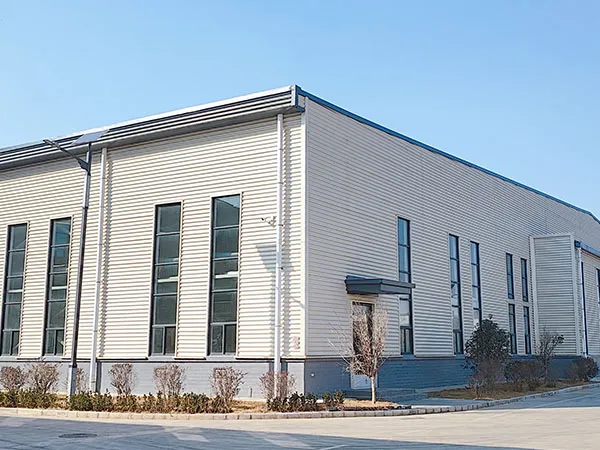
Steel Structure Workshop
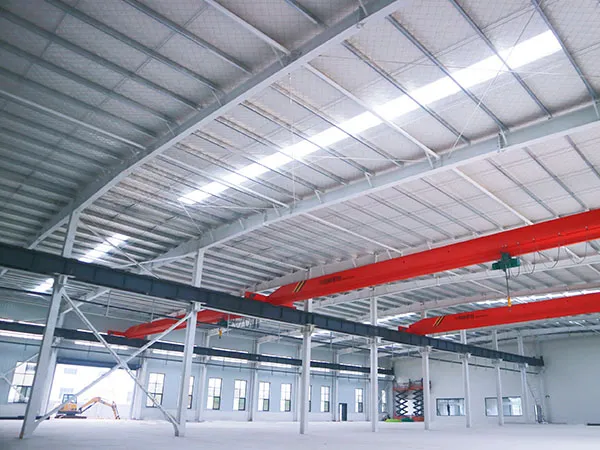
Steel Structure Factory
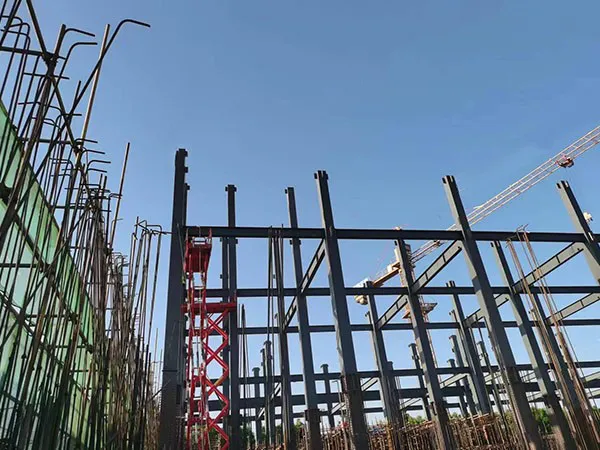
Steel Structure Cold Storage
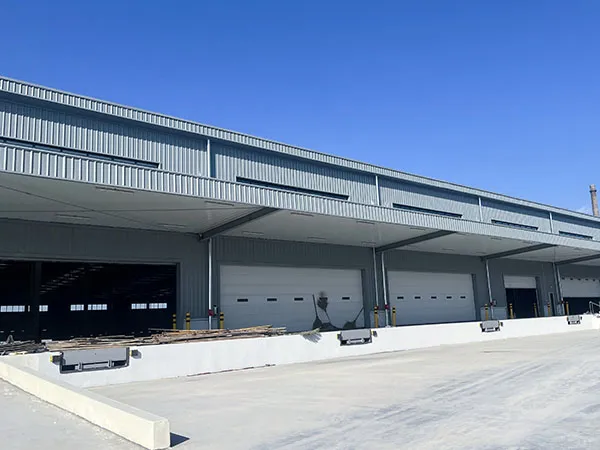
Logistics Park B04 Warehouse Steel Structure Project
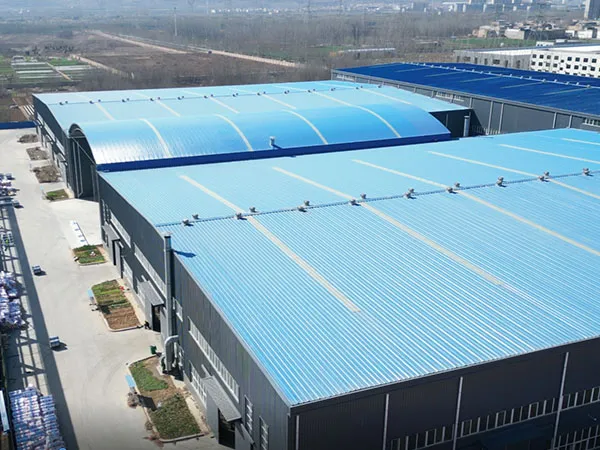
Fuchong Intelligent Glass Tempering Equipment Project
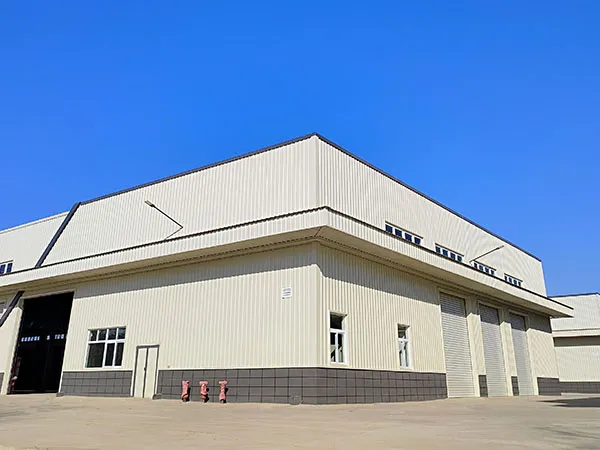
Henan Jiyuan South Passenger Transport Station Steel Structure Engineering Design Project
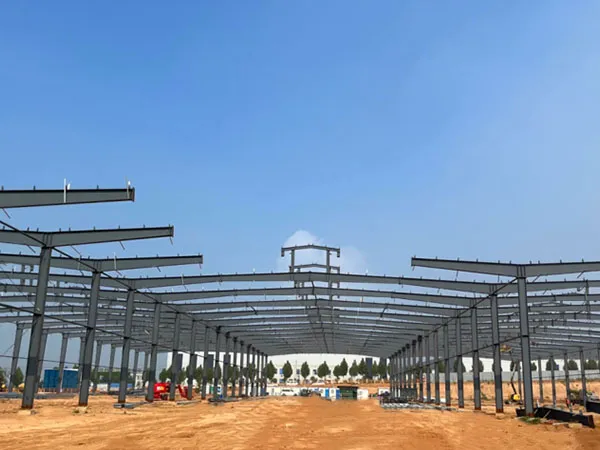
Luoyang Shangke Electrical Technology Co., Ltd. Project
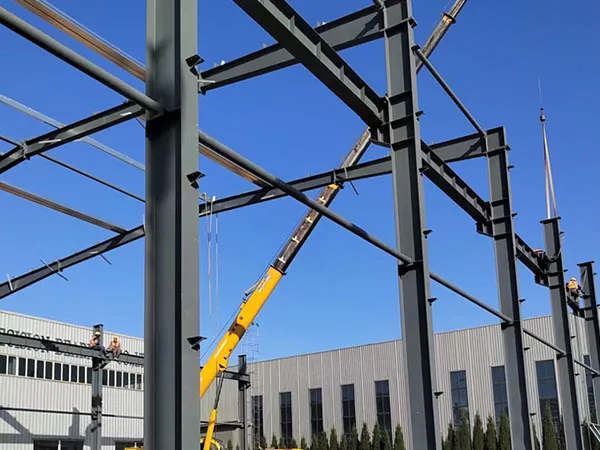
Luoyang Zhongyue Precision Bearing Co., Ltd. Steel Structure Plant Project